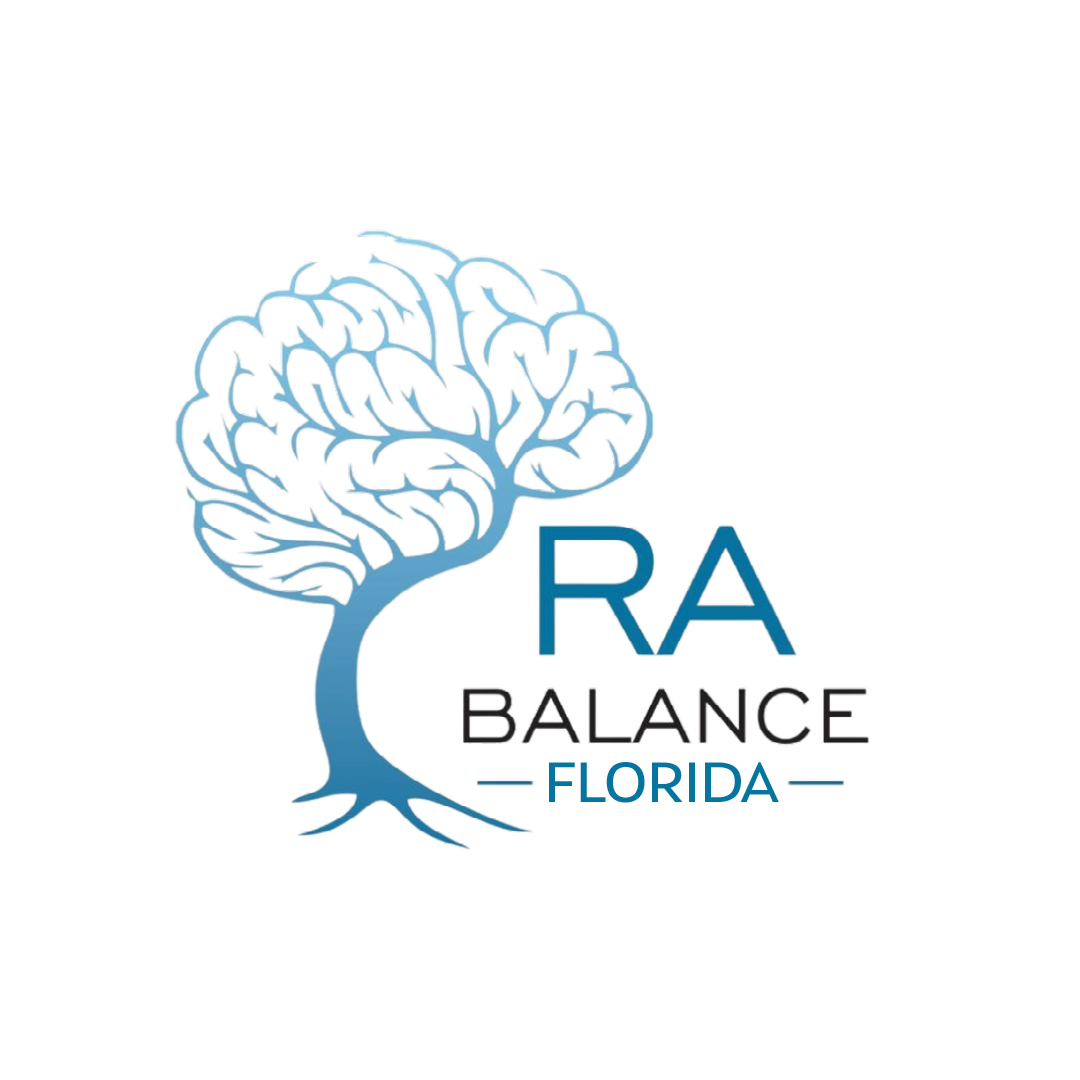Stroke, a sudden disruption of blood flow to the brain, can have devastating consequences, including paralysis, speech difficulties, and cognitive impairment. In the United States, it is a leading cause of long-term disability, with approximately 800,000 people experiencing a stroke each year. More than half of stroke survivors over the age of 65 face reduced mobility, significantly impacting their quality of life. Recovery from a stroke is often a long and multi-faceted journey, requiring dedication and a comprehensive approach to rehabilitation. One promising addition to this process is biomagnetic therapy.
The Impact of Stroke
The effects of a stroke can vary widely depending on the severity and location of the brain damage. Common challenges faced by stroke survivors include:
- Motor impairments: Weakness or paralysis on one side of the body, difficulty with coordination and balance.
- Sensory deficits: Numbness, tingling, or loss of sensation in the affected areas.
- Speech and language problems: Difficulty speaking, understanding language, or swallowing.
- Cognitive difficulties: Memory problems, difficulty with attention and concentration, and changes in mood or personality.
- Emotional and psychological challenges: Depression, anxiety, frustration, and a sense of loss.
Stroke Rehabilitation: What to Expect
Recovery from a stroke is a journey that varies for each individual. Common elements of stroke rehabilitation include:
- Physical Therapy: Focused on restoring movement, strength, and coordination.
- Occupational Therapy: Helps patients regain independence in daily activities.
- Speech Therapy: Addresses communication challenges that often arise after a stroke.
- Emotional Support: Managing the emotional toll of a stroke is crucial for long-term recovery.
- Innovative Therapies: Integrating complementary treatments like biomagnetic therapy can enhance overall progress.
Exploring the Potential of Magnetic Therapy
Magnetic therapy encompasses various techniques that use electromagnetic fields to promote healing and recovery. These include:
- Electromagnetic Stimulation: A method that applies electromagnetic fields to target areas of the body to support healing. A 2022 study found that extremely low frequency electromagnetic stimulation (ELF-EMS) can help reduce the damage caused by an ischemic stroke (a type of stroke caused by a blood clot blocking blood flow to the brain). It does this by improving the flow of blood through alternative blood vessels (collateral blood flow), which can provide the brain with more oxygen and nutrients during recovery. This improved blood flow helps limit the size of the affected area in the brain, supporting better recovery.
- Electromagnetic Field Therapy: Focused on improving cellular health and reducing inflammation. Research in 2021 found that using electromagnetic fields can help improve blood flow to the brain and reduce the amount of damage caused by the stroke.
- Transcranial Magnetic Stimulation (TMS): A non-invasive procedure that stimulates nerve cells in the brain to improve motor skills and cognitive functions. Another therapy that’s been studied is transcranial magnetic stimulation (TMS), and has been found to help people regain movement after a stroke.
While these techniques differ in application, they share the goal of enhancing recovery by improving cellular communication and reducing inflammation. RA Balance biomagnetic therapy, another form of electromagnetic therapy, offers a non-invasive and supportive treatment option that can complement traditional rehabilitation.
Benefits of Biomagnetic Therapy for Stroke Recovery
Biomagnetic therapy offers a range of benefits that can complement traditional rehabilitation efforts:
- Improved Circulation: Enhancing blood flow can help deliver oxygen and nutrients to damaged tissues, accelerating recovery.
- Reduced Inflammation and Pain: Inflammation is a common consequence of a stroke, and reducing it can alleviate discomfort and support healing.
- Enhanced Cellular Health: By restoring pH balance and detoxifying the body, biomagnetic therapy supports cellular repair and regeneration.
- Better Sleep Quality: Improved sleep is essential for the body’s recovery processes.
- Boosted Mood and Mental Clarity: Addressing emotional and cognitive challenges can enhance overall well-being.
A Complementary Approach
It’s important to note that biomagnetic therapy is not a replacement for conventional treatments like physical therapy or medication. Instead, it is a complementary approach that integrates seamlessly with traditional and alternative therapies. By addressing multiple aspects of recovery, biomagnetic therapy can help patients achieve better outcomes and improve their overall quality of life.
Why Choose RA Balance Florida?
At RA Balance Florida, we are committed to empowering patients through personalized care and holistic wellness. Our tailored treatment plans and flexible scheduling options, including in-home visits for certain areas in South Florida, ensure you receive the care you need, when you need it. We also offer package pricing to make our services accessible and affordable.
Final Thoughts
Stroke recovery is a complex process that requires a comprehensive and patient-centered approach. Biomagnetic therapy offers a promising, non-invasive treatment option that can complement traditional rehabilitation efforts. By addressing inflammation, improving circulation, and supporting cellular health, this innovative therapy can provide hope and healing for stroke patients. At RA Balance Florida, we’re here to guide you on your journey to recovery.

